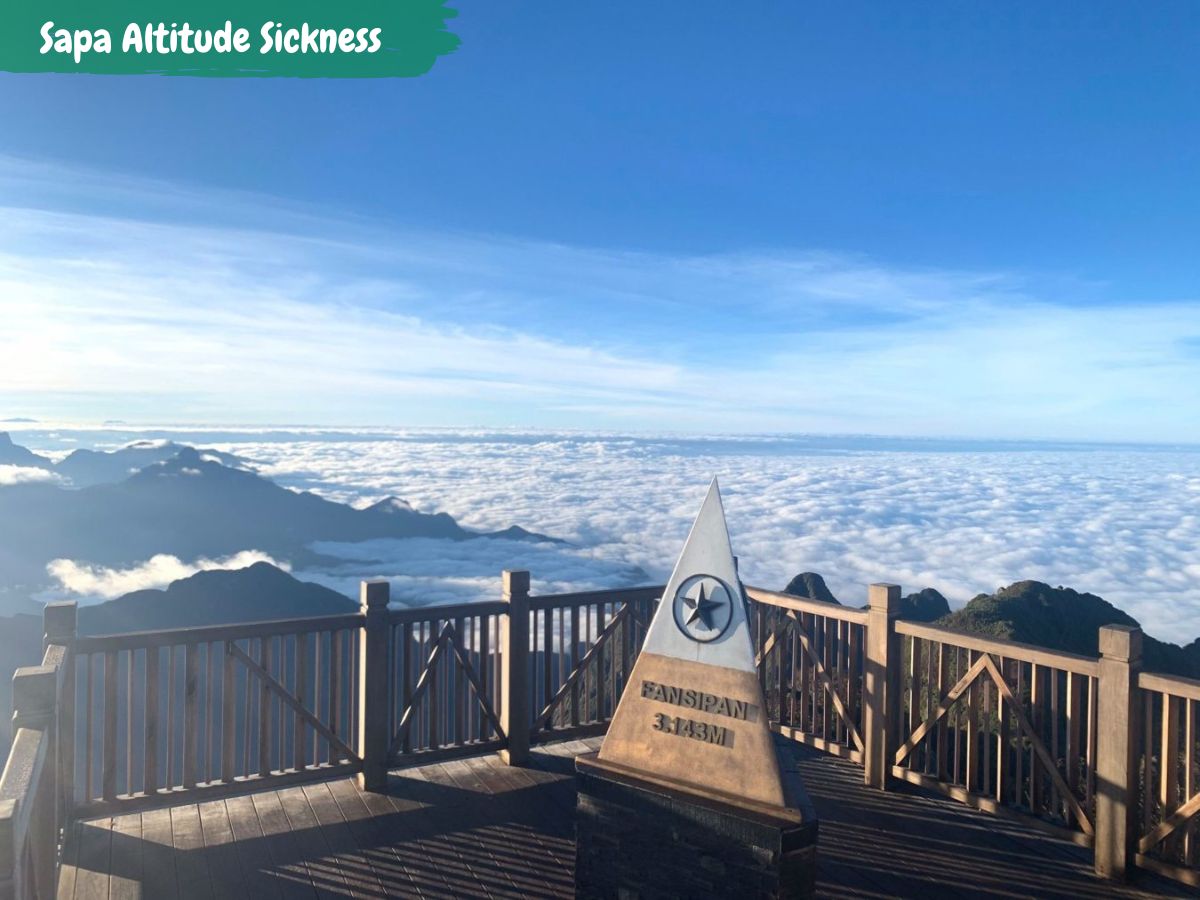Sapa, Travel Guide
Dealing with Sapa Altitude Sickness: Tips and Remedies
Sapa is a town located in the mountainous region of northern Vietnam, with an average elevation around 1,600-1,800 meters (5,250-5,900 feet) above sea level. Due to the high altitude, visitors to Sapa can be at risk of developing altitude sickness, also known as acute mountain sickness (AMS).
Altitude sickness, also known as acute mountain sickness (AMS), is a condition that affects individuals when they ascend to high altitudes, typically above 8,000 feet (2,400 meters). This condition occurs when the body fails to adapt to the reduced oxygen levels at higher elevations. The oxygen deficiency can cause a spectrum of symptoms, ranging from mild discomfort to severe illness.
Sapa altitude sickness can affect anyone, regardless of age, gender, or physical fitness level. Understanding the causes and symptoms of altitude sickness is crucial for preparation and prevention. The primary cause of altitude sickness is the body’s inability to adjust to lower oxygen levels in the air at higher elevations.
As individuals ascend, air pressure decreases, resulting in less available oxygen for the body to utilize. This can lead to various symptoms, including headaches, nausea, dizziness, fatigue, and shortness of breath. In severe cases, altitude sickness may progress to more serious conditions such as high altitude pulmonary edema (HAPE) or high altitude cerebral edema (HACE), which can be life-threatening if left untreated.
It is essential for individuals traveling to high altitudes to be aware of the potential risks and take appropriate measures to prevent altitude sickness.
Key Takeaways
- Altitude sickness is caused by the body’s inability to adjust to the lower oxygen levels at high altitudes.
- When preparing for high altitude in Sapa, it’s important to acclimatize slowly, stay hydrated, and avoid alcohol and strenuous exercise.
- To prevent altitude sickness, it’s recommended to drink plenty of water, eat light meals, and avoid smoking and alcohol.
- Symptoms of altitude sickness include headache, nausea, dizziness, and shortness of breath.
- Remedies for altitude sickness in Sapa include descending to a lower altitude, resting, and using supplemental oxygen if available.
Preparing for High Altitude in Sapa
Acclimatizing to High Altitude
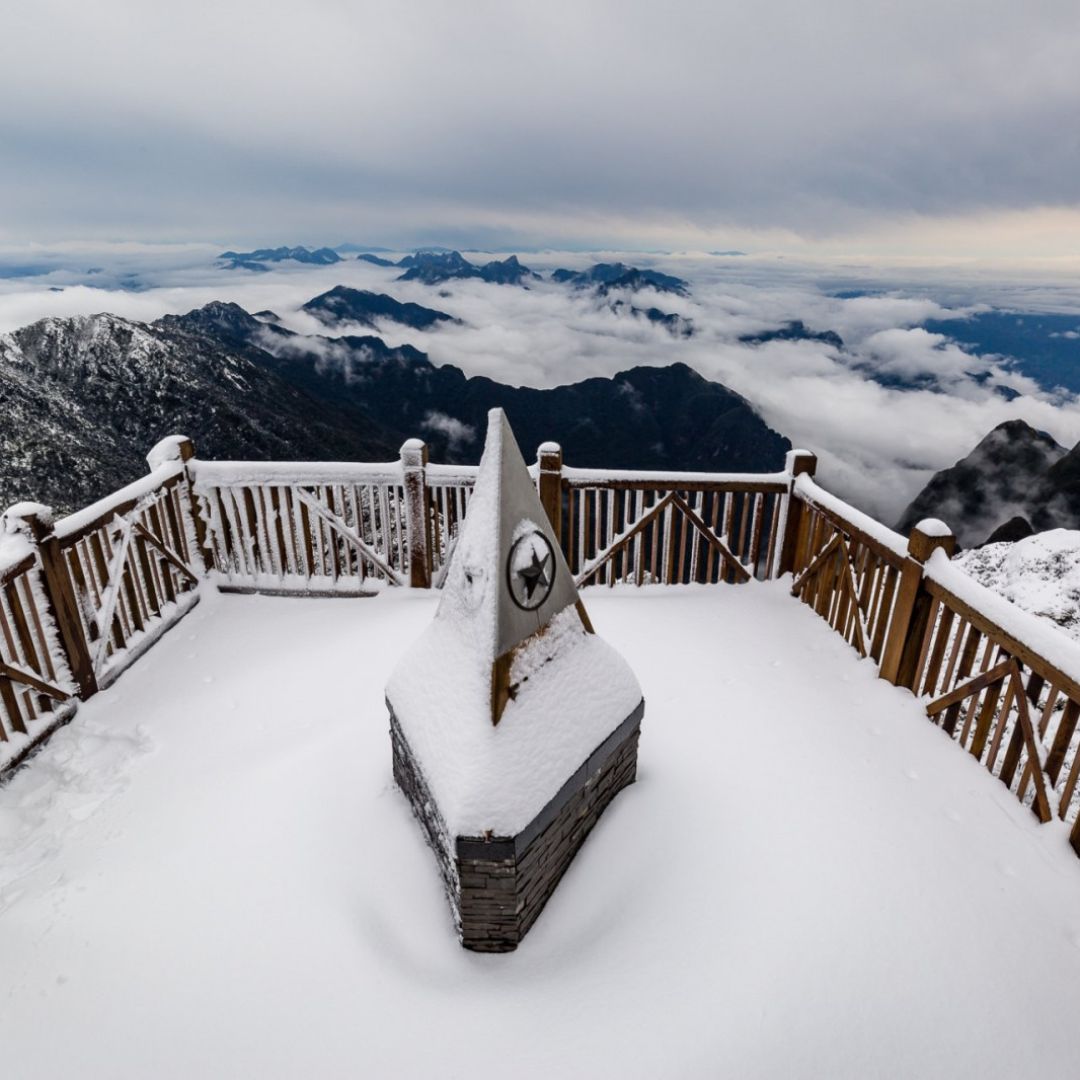
To prepare for Sapa’s high altitude, it is crucial to allow your body time to adapt to the higher elevation. This can be achieved by gradually ascending to higher altitudes over a period of days, rather than making a rapid ascent. Additionally, staying well-hydrated and avoiding alcohol and strenuous exercise during the first few days at high altitude is highly recommended.
Plan to spend at least 2-3 days in Sapa (1,600-1,800 meters) before attempting any high-altitude treks like to the summit of Fansipan (3,143 meters). This allows your body ample time to acclimate.
Packing for High Altitude Conditions
In addition to acclimatization, packing appropriate clothing and gear for high altitude conditions in Sapa is essential. The weather in Sapa can be unpredictable, with temperatures dropping significantly at night, so it is vital to pack warm layers and waterproof clothing. Sun protection is also crucial at high altitudes, as the sun’s rays can be more intense.
Protecting Yourself from the Sun
To minimize the risk of altitude sickness, it is advisable to bring sunscreen, sunglasses, and a wide-brimmed hat to protect against sunburn and UV exposure. By taking these preparatory steps, travelers can reduce their risk of experiencing altitude sickness during their visit to Sapa.
Tips for Preventing Sapa Altitude Sickness
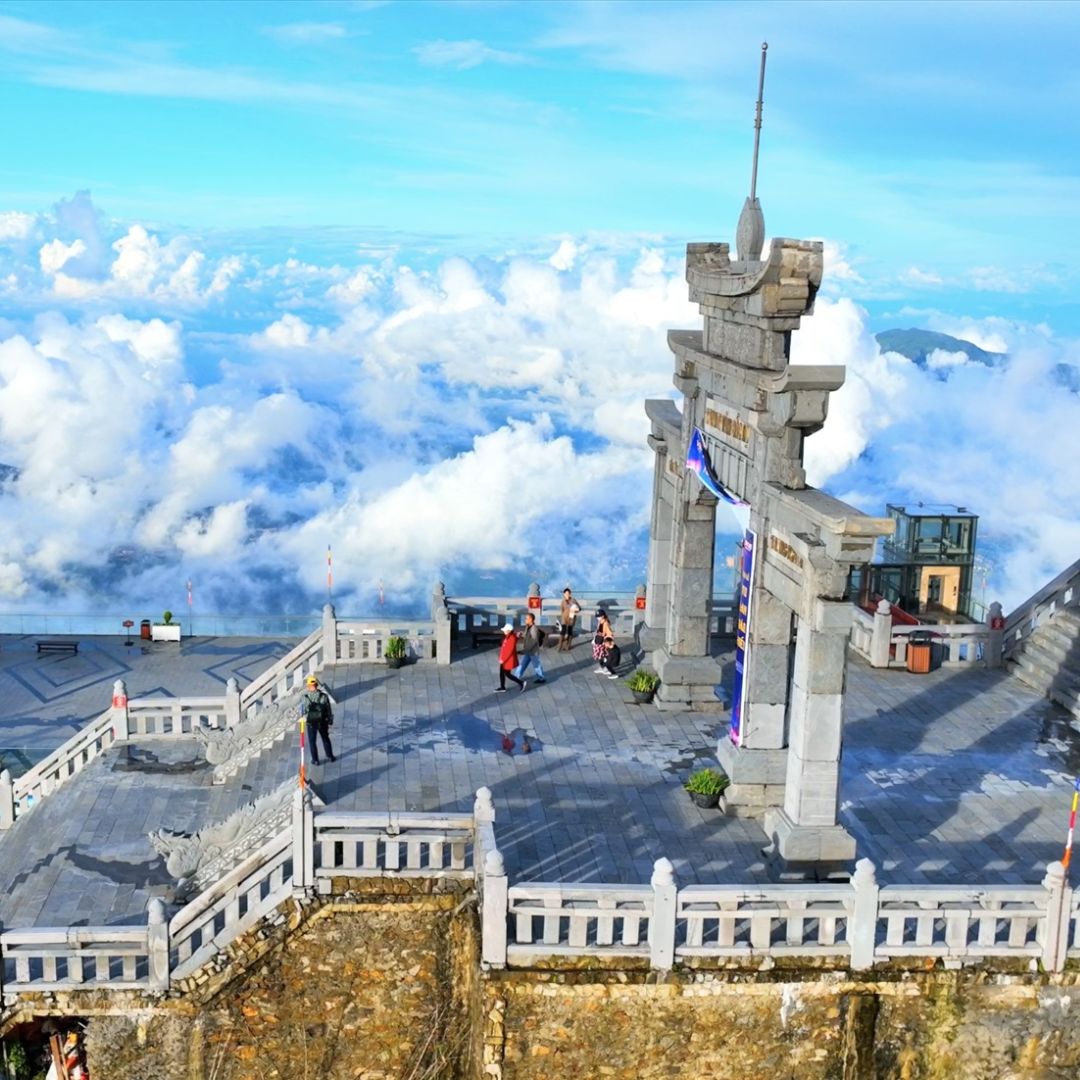
There are several tips and strategies that can help prevent altitude sickness when traveling to high elevations such as Sapa. One of the most important measures is to allow for gradual acclimatization to the higher altitude. This can be achieved by ascending slowly and taking regular rest days to allow the body to adjust to the decreased oxygen levels.
It is also recommended to stay well-hydrated by drinking plenty of water and avoiding alcohol, which can contribute to dehydration at high altitudes. In addition to gradual acclimatization and staying hydrated, it is important to eat light, easily digestible meals at high altitudes. Foods rich in carbohydrates and low in fat are recommended, as they are easier for the body to process at lower oxygen levels.
It is also advisable to avoid strenuous exercise during the first few days at high altitude, as this can put additional strain on the body while it is adjusting. Taking these preventive measures can help reduce the risk of developing altitude sickness and allow travelers to enjoy their time in Sapa without being hindered by symptoms of AMS.
Recognizing Symptoms of Altitude Sickness
| Symptom | Description |
|---|---|
| Headache | One of the most common symptoms of altitude sickness, usually located in the frontal part of the head. |
| Nausea or vomiting | Feeling of sickness in the stomach, sometimes leading to vomiting. |
| Fatigue or weakness | Feeling tired or weak, even with minimal physical exertion. |
| Dizziness or lightheadedness | Feeling unsteady or dizzy, as if about to faint. |
| Shortness of breath | Difficulty breathing, especially during physical activity. |
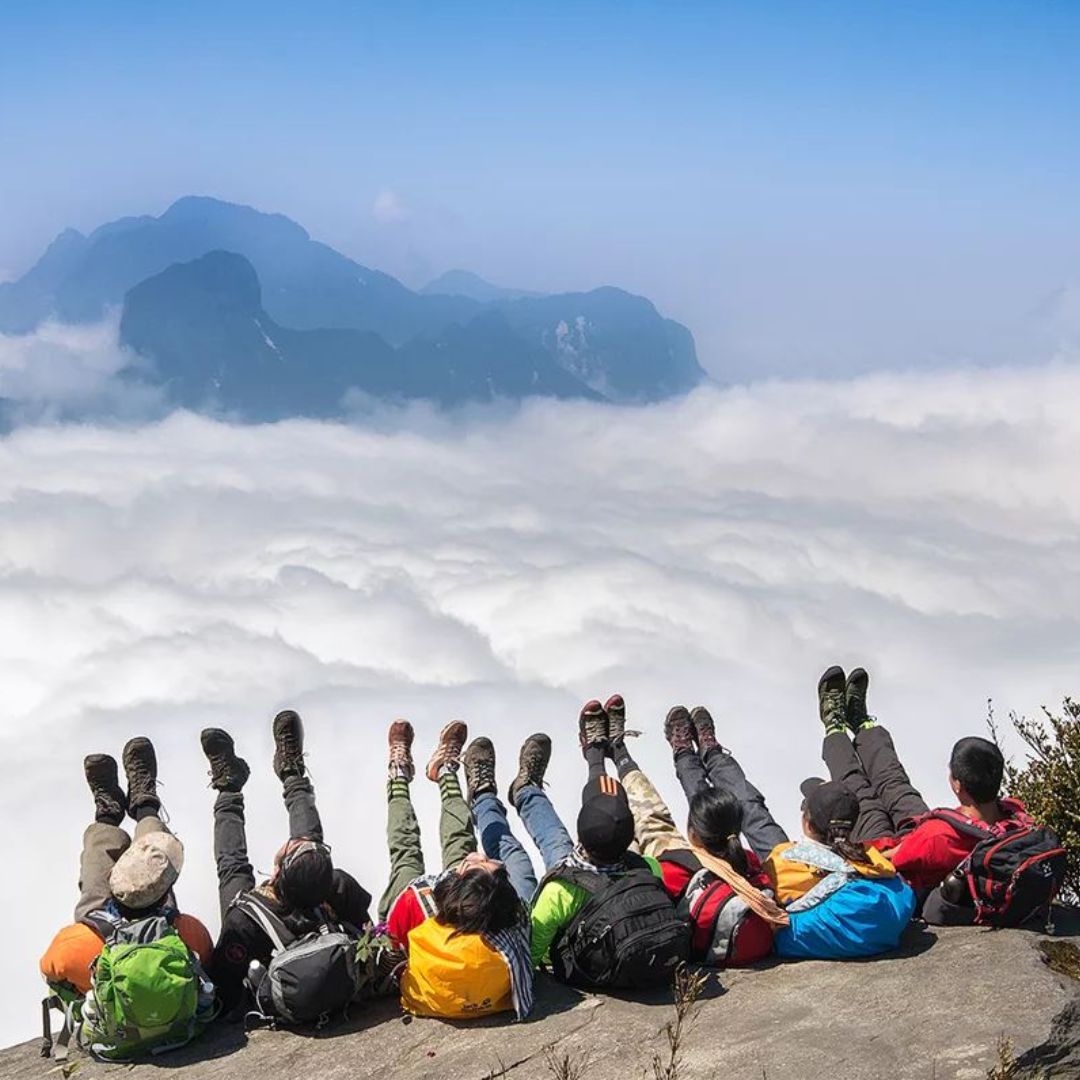
Recognizing the symptoms of altitude sickness is crucial for early intervention and treatment. The onset of altitude sickness can vary from person to person, but common symptoms include headaches, nausea, dizziness, fatigue, and shortness of breath. These symptoms may be mild at first but can worsen if not addressed promptly.
In more severe cases, altitude sickness can lead to high altitude pulmonary edema (HAPE) or high altitude cerebral edema (HACE), which require immediate medical attention. In addition to physical symptoms, individuals experiencing altitude sickness may also exhibit changes in behavior or mental status. Confusion, disorientation, and difficulty with coordination are signs of more severe forms of altitude sickness and should not be ignored.
It is important for travelers visiting high altitudes such as Sapa to be aware of these symptoms and monitor themselves and their companions for any signs of AMS. By recognizing the symptoms early on, individuals can take appropriate measures to address altitude sickness before it progresses to a more serious condition.
Altitude Sickness when Climbing Fansipan Sapa
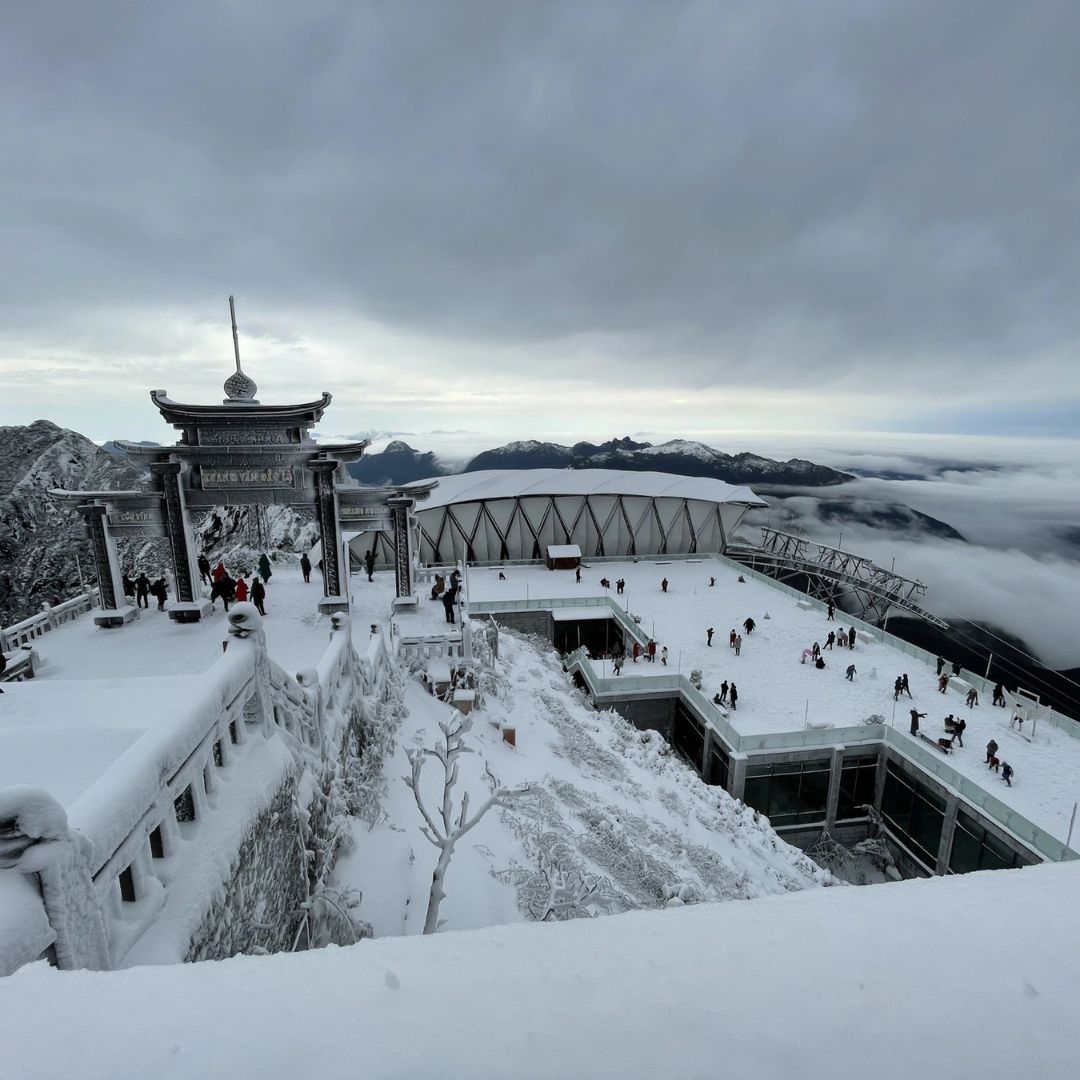
Mount Fansipan is the highest mountain in Vietnam, reaching an elevation of 3,143 meters (10,312 feet) above sea level. Due to this extreme altitude, trekkers attempting to summit Fansipan are at a very high risk of developing altitude sickness.
The symptoms of altitude sickness that climbers may experience on Fansipan include:
- Headache
- Nausea and vomiting
- Fatigue and weakness
- Dizziness and lightheadedness
- Loss of appetite
- Difficulty sleeping
- Shortness of breath
More severe forms of altitude sickness like high-altitude pulmonary edema (HAPE) and high-altitude cerebral edema (HACE) are also real dangers on Fansipan. These life-threatening conditions require immediate descent and urgent medical care.
To minimize the risks of altitude sickness, it’s crucial that Fansipan climbers:
- Acclimatize properly by spending 1-2 days at lower elevations in Sapa first
- Ascend slowly, gaining no more than 300-500 meters per day
- Stay hydrated and avoid alcohol
- Listen to their body and be willing to turn back or descend if symptoms appear
Guides, porters, and tour operators leading treks up Fansipan should also be trained to recognize altitude sickness and implement proper prevention and response protocols.
Remedies for Altitude Sickness in Sapa
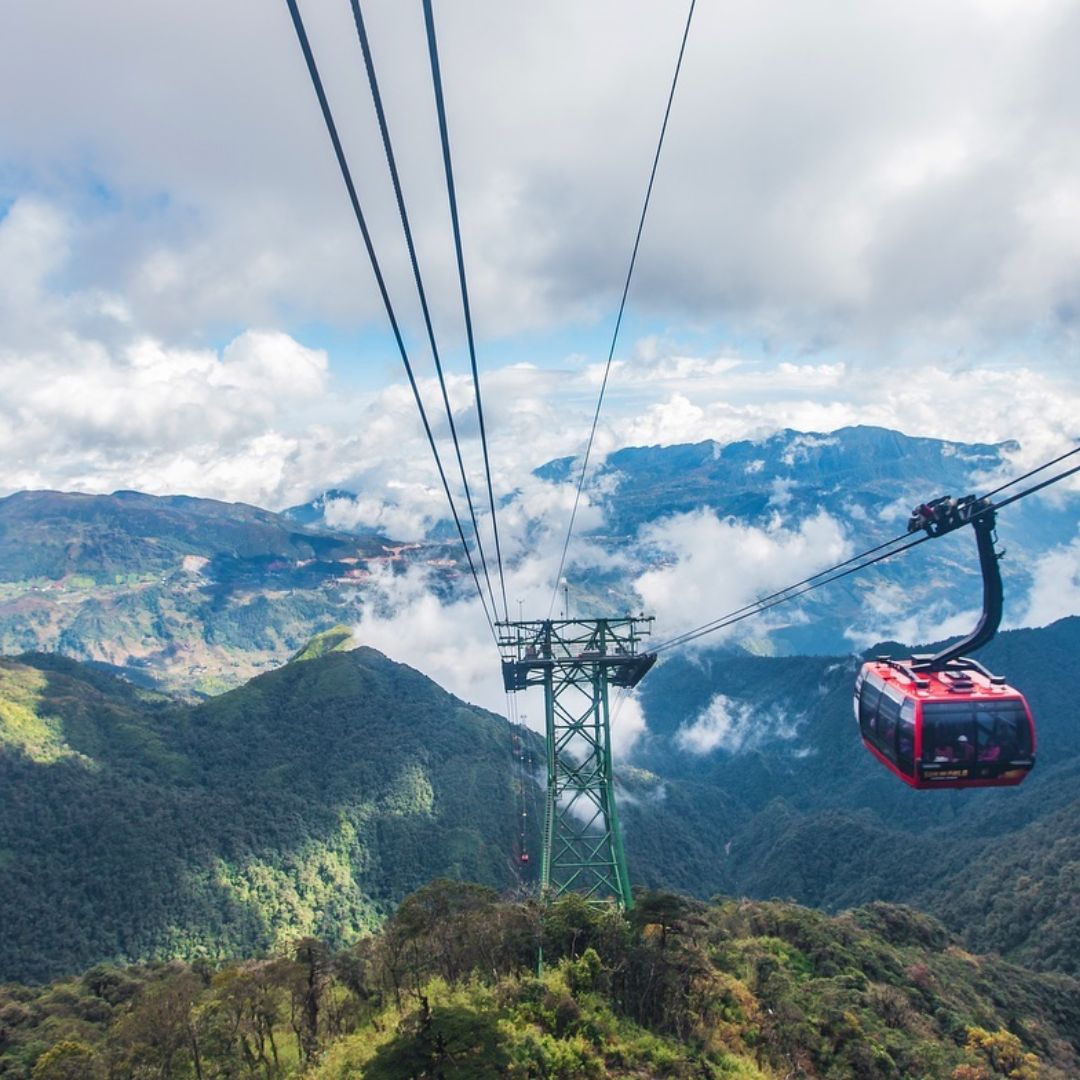
There are several remedies and treatments that can help alleviate the symptoms of altitude sickness for individuals visiting Sapa or other high-altitude destinations. One of the most effective remedies is descending to a lower elevation, which allows the body to access more oxygen and recover from the effects of altitude sickness. If descending is not immediately possible, supplemental oxygen or portable hyperbaric chambers may be used to provide relief from symptoms.
In addition to descending or using supplemental oxygen, over-the-counter medications such as ibuprofen or acetaminophen can help alleviate headaches and discomfort associated with altitude sickness. Anti-nausea medications may also be beneficial for individuals experiencing nausea or vomiting at high altitudes. It is important for travelers to be prepared with these remedies and medications when visiting Sapa or other high-altitude destinations in order to address altitude sickness if it occurs during their trip.
Seeking Medical Attention for Altitude Sickness
When to Seek Medical Help?
Seek immediate medical attention if you or a travel companion experiences severe symptoms like persistent vomiting, shortness of breath at rest, confusion, or loss of coordination. These can be signs of the more serious conditions of high-altitude pulmonary edema (HAPE) or high-altitude cerebral edema (HACE), which require prompt treatment.
For milder altitude sickness symptoms like headache, nausea, fatigue, you should first try self-care measures like resting, staying hydrated, and potentially taking over-the-counter medications. But if symptoms persist or worsen, seek medical attention.
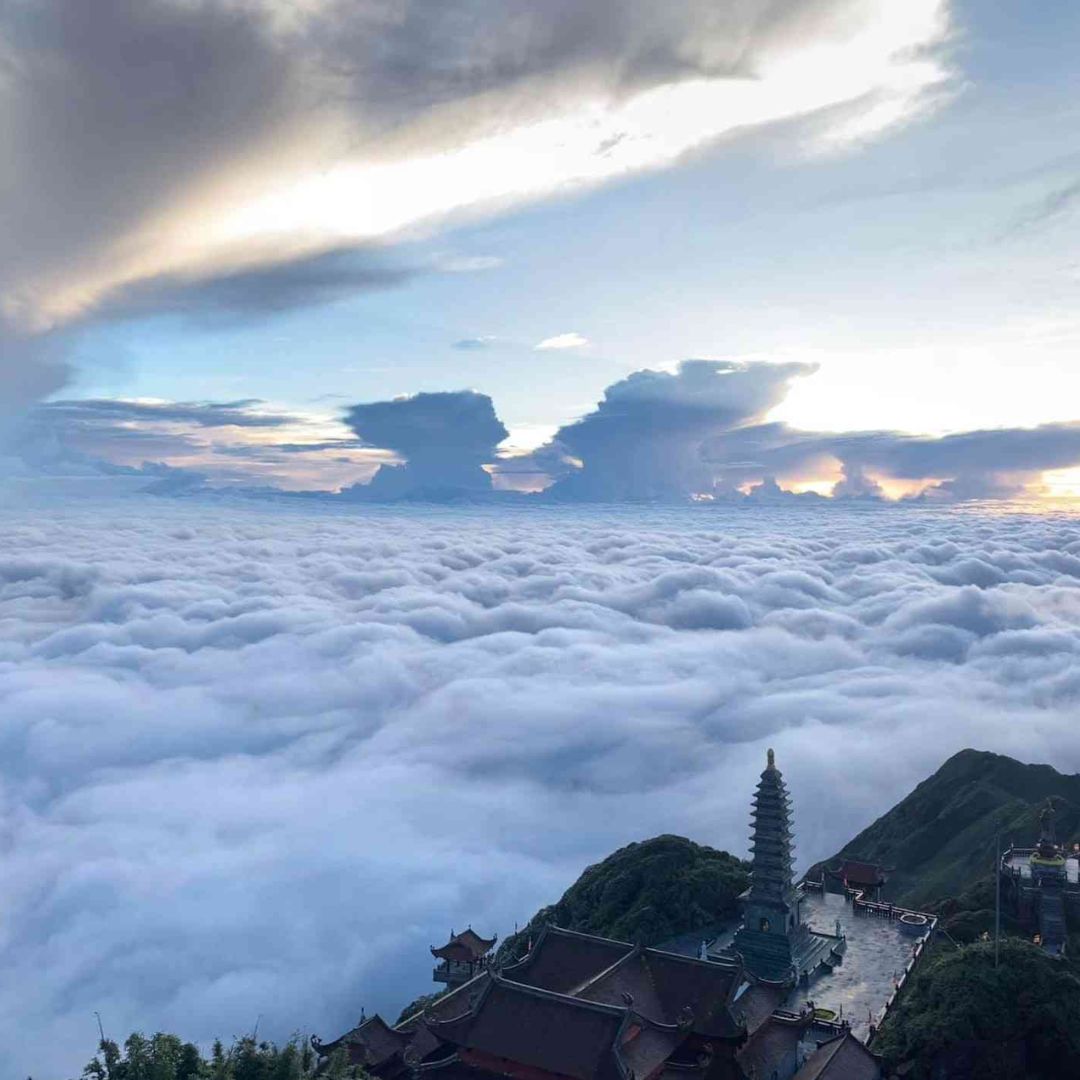
Where to Seek Medical Care?
In Sapa itself, there is a small district hospital that can provide basic treatment for altitude sickness. However, the facilities and staff expertise may be limited.
For more serious cases, it’s recommended to descend in elevation as soon as possible and seek care at a hospital in a larger city like Lao Cai or Hanoi, which will have more advanced medical resources.
Moreover, many hotels and tour operators in Sapa can also assist in arranging transportation and making appointments at appropriate medical facilities if needed.
What to Expect?
At a medical facility, you’ll likely undergo an exam, have your oxygen levels checked, and potentially receive supplemental oxygen, IV fluids, or medications like acetazolamide to help treat altitude sickness.
Costs for medical care in Vietnam can vary, so it’s a good idea to check with your travel insurance provider about coverage and any necessary paperwork. The medical staff will also advise on when it’s safe to continue your travels or if you need to remain at a lower elevation for further recovery.
Adjusting to High Altitude Living in Sapa

For those who choose to live in high-altitude areas such as Sapa on a long-term basis, it is important to make adjustments to daily life in order to adapt to the lower oxygen levels and potential risks associated with altitude sickness. One key adjustment is allowing for gradual acclimatization when first arriving at high altitude. This may involve taking rest days and avoiding strenuous activity until the body has had time to adjust.
In addition to acclimatization, individuals living in Sapa should pay attention to their overall health and well-being in order to prevent altitude sickness from occurring. This includes staying well-hydrated, eating a balanced diet rich in carbohydrates and low in fat, and getting regular exercise while being mindful of the body’s limitations at higher elevations. By making these adjustments and taking proactive measures, individuals can enjoy living in Sapa without being hindered by the effects of altitude sickness.
In conclusion, understanding and preparing for high altitude conditions in Sapa is essential for travelers seeking to enjoy their time in this stunning mountainous region without being affected by altitude sickness. By taking preventive measures, recognizing symptoms early on, and being prepared with remedies and a plan for seeking medical attention if needed, individuals can ensure a safe and enjoyable experience at high altitudes such as Sapa. Whether visiting for a short trip or living in Sapa on a long-term basis, it is important to be informed about the potential risks associated with Sapa altitude sickness and take steps to mitigate them in order to fully appreciate all that this beautiful destination has to offer.

